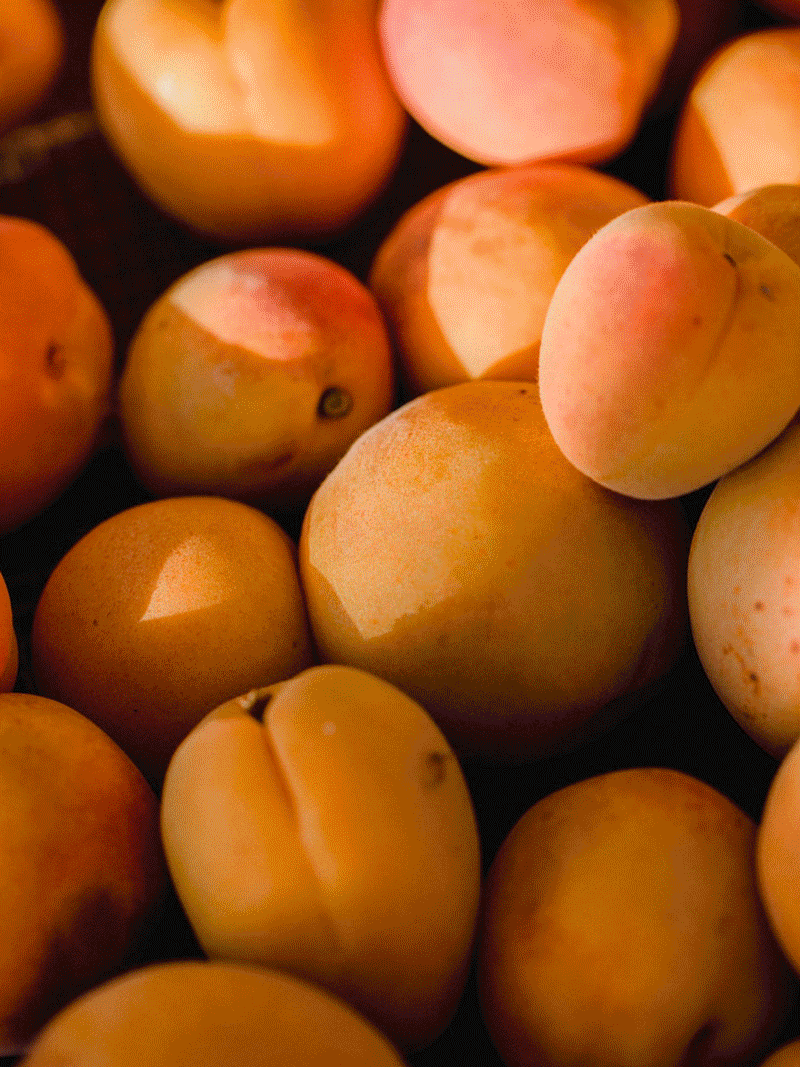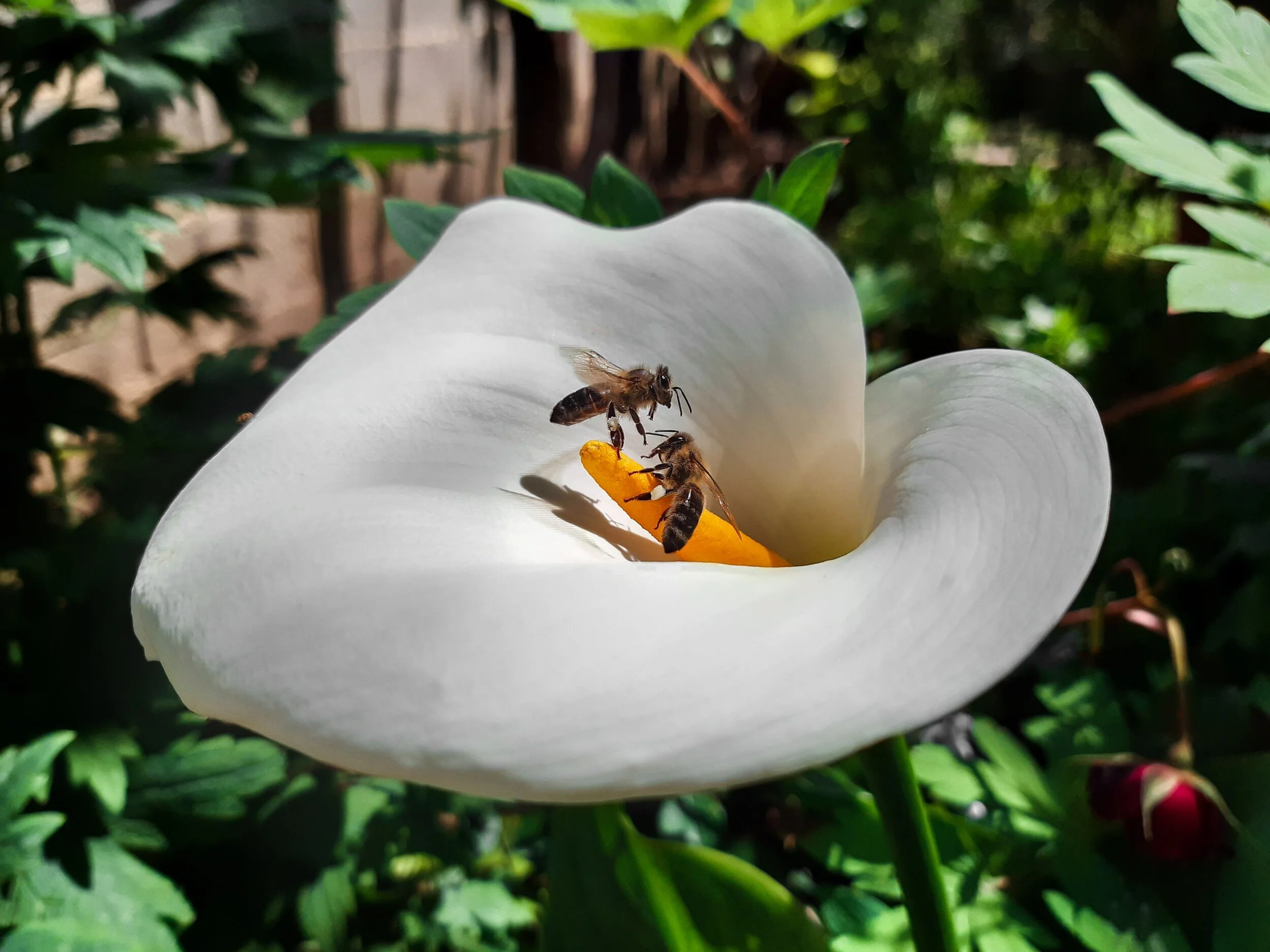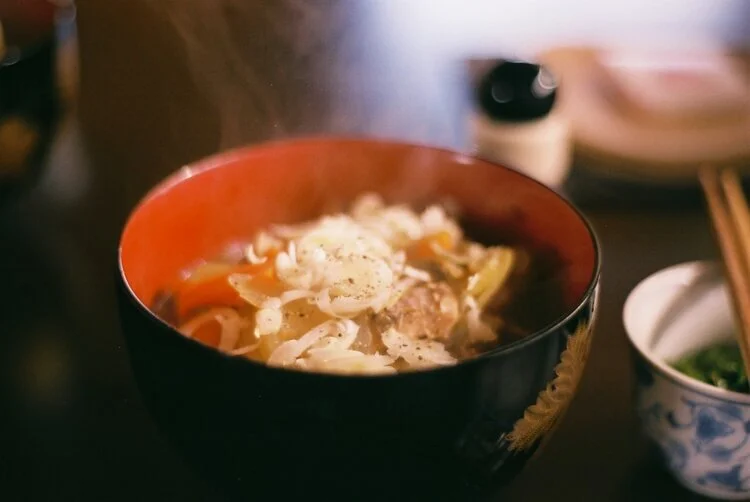
Though most of us grumble about the brevity of winter days and revel in the long, languid days of summer, twice a year the sun and moon play nicely and split daylight and moonlight hours equally.
Though most of us grumble about the brevity of winter days and revel in the long, languid days of summer, twice a year the sun and moon play nicely and split daylight and moonlight hours equally. Those two days, always falling between September 21st and 24th and March 19th through the 21st (on the Gregorian calendar), are known as equinoxes. The actual word equinox comes from the Latin aequi, meaning equal, and nox, meaning night. Fall equinox is marked and celebrated worldwide because its occurrence is universal— throughout time, civilizations noticed nature’s patterns. They attached stories and rituals, often starring their gods and goddesses, that served as explanations for why the world goes cold in winter and reanimates in spring, and paid homage by giving thanks for balance and a bountiful fall harvest, preparing them for the barren winter months ahead.
In Japan, Buddhists traditionally celebrate Higan (彼岸), which translates to the other side. Its antonym, shigan (此岸), conversely, translates to this side, this world, or this life. Japanese Buddhists take the span of a week to give thanks to their ancestors, setting aside three days before the equinox and three days after to muse on the earthly world and the world of the dead, the path between the two serving as the road to enlightenment. The tradition started long ago, mandated by Buddhist Emperor Shomu, who sought to help his subjects become enlightened. Now a long-celebrated national holiday, Japanese Buddhists focus on one trait per day during the week, ridding them of things like greed and centering their focus on charity, energy, and wisdom, ensuring that, like the equinox, they are evenly balanced.
In other parts of the world like Poland and many other slavic countries, they traditionally celebrate the fall equinox by taking a holiday after the crops have been harvested. Land owners showed their gratitude to the farmers and laborers with rituals that involve eating, drinking, and dancing. Known in Polish as Dożynki, the fall festival also commonly features a traditional procession whereby the last piece of grain from the field is woven into a wreath commonly adorned with flowers, berries, nuts and ribbons, all in order to encourage plentiful harvest and bounty next season.
If you need more proof that the equinox and it’s rituals has touched almost every corner and culture in the world, look no further than the ancient Mayans in Chichen Itza, Yucatan, Mexico. Well-known for their advanced scientific observations of astronomy and impressive architectural know-how, thousands of people every year flock to Chichen Itza to visit the Pyramid of Kukulkan, named for the Mayan’s feathered serpent god. Kukulkan was one of the Mayan’s “creator” gods, the god of rain, wind, life, and in certain forms, agriculture. Twice a year, on the fall and spring equinoxes, a serpent of light slithers down the pyramid’s side, the light beam connecting to a snake head made of stone at the bottom corner. Though the full secrets of the Mayans are unknown it seems likely that Kukulcan’s return (in the form of light) may have represented his blessing for a plentiful harvest.
Even though the fall equinox is tied to deep cultural traditions and rituals, many people all over the world celebrate the fall equinox in non-religious ways, and you can too. The fall equinox and the rituals that come with it is a fantastic time to give thanks for what you currently have in your life, to consider balance, to release what’s been holding you back, or to contemplate your own personal growth in the past year. Traditionally, fall fruits and vegetables such as apples and squashes are incorporated into equinox rituals, but it’s a great time to set your own - try inviting friends over for a potluck and set intentions for the winter through spring, or even deciding to learn one new word a day. Working language learning into your daily life is one of the best ways to truly immerse yourself in new worlds. To learn more about how you can do this, check out our Experience Principles, the principles that guide how we teach and learn within our community. Whatever you choose to do, the equinox will be setting the stage, a perfectly balanced backdrop for you to set your new rituals.
This article is part of the Rituals edit of DIMMI DIGEST. September marks the beginning and the end of so many things—the end of summer, the beginning of a new school year; the time when lush green spaces slowly turn golden yellow and orangey-brown to match the crisp weather. Through repetition, rituals connect us to family and ancestors, giving us the opportunity to look at the world through a familiar yet vintage lens, allowing us to plant our feet knowing that the layers of our history below us are there to support and guide us. Whether a ritual is centuries old (like the rituals in this story) or a new tradition, they’re a meaningful way to connect to those around you, in circles both big and small.








































